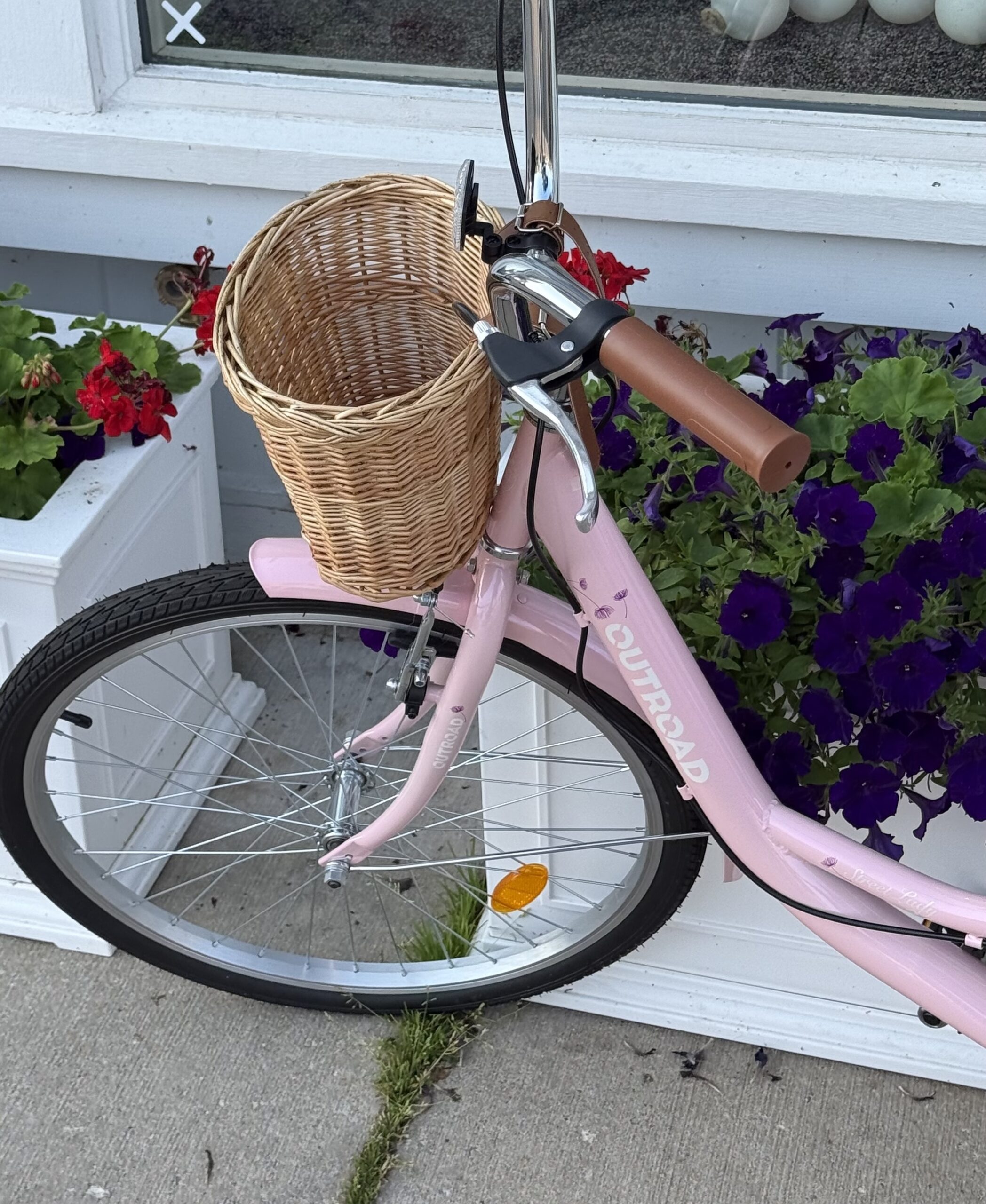“Should I put prices on my website?” – every business owner, ever.
The short answer? Yes.
The long answer? Scroll down, of course.
If you’ve ever been to a restaurant without pricing on menu, you know exactly why having your prices listed upfront and clearly is crucial –
Because no one* wants to buy something without knowing what they’re trading for it.
*Technically, most people –
Should I put prices on my website?
Yes, full stop. Being transparent about your pricing will not only save you headaches, but time – and probably, money.
As a copywriter who specializes in website copy that converts through honesty and personality, I can confirm the fact that not only do you increase your conversion rates with pricing on your website, you also start projects (or client relationships) off on a much better foot.
Here’s the thing:
If someone’s trying to hire you, they’re going to find out how much you cost.
If they find out on your website, they can:
- Decide if your prices are too high for their budget (fair)
- Budget to hire you in advance
- Feel more confident in committing to you when they inquire
If they can’t find out your prices from your website, they’ll probably:
- Not inquire, because they assume you cost too much for them – and they move on with someone else who did list their pricing
Or if* they do inquire, and you are out of budget for them – you just wasted their time and yours by going through the whole back-and-forth email process or getting on a call.
*this is a big ol’ IF
(Not to mention, if it’s on a call – you’ll probably feel awkward explaining your pricing face to face, and they’ll probably feel awkward having to react to it in real time)
Basically, if you want to make more money – you're going to have to talk about money.
So now that we’ve established that we’re all team Price Transparency, let’s talk about:
Where To Put Pricing On A Website
The pricing for your services belongs on your services pages, listed alongside the deliverables for that package or service.
Should I have a pricing page on my website?
I mean, I never say never – but probably not.
The best way to communicate your pricing is within the context of the benefits and transformation that you can provide through that offer. The transparency builds trust, while the benefits build interest, both of which lead to action (AKA, inquiries).
People also expect pricing to be found with your services information (no, really – it’s psychology), so listing pricing like this helps meet their expectations – plus, it’s annoying to click to a separate pricing page.
“But what about the SEO that comes with having another page?”
^ You only reap this benefit if people are Googling words that are on that page – and chances are, for this topic – they’re not. You’re better off leaning into a good website user experience and looking into keywords for a potential blog post about your pricing!

How Should I List Pricing?
If your services are a set price (like therapy sessions or a product), just list them as such! But for more complex pricing, here’s where I start when I’m writing a services page.
Pricing As A Range
This is a good option if there really is a set cap on your pricing. It helps give context for the “maximum” investment, which can be reassuring for more price-driven/hesitant buyers.
Example:
Pricing as a range would work well for a bookkeeper with a basic + advanced bookkeeping option, who also prices based on # of transactions/accounts per month.
- Basic: $500-750/month
- Advanced: Starting at $750
Starting Price (Preferred)
If you don’t have a concrete price, it’s likely that you quote per project – so listing your minimum or “starting at” price is my favorite way to go!
If you’re doing this, I recommend giving a little context for what influences your project pricing, and providing some more reassurance to reach out for a no-pressure custom quote.
How To List Prices If They Vary Wildly
I see this question floating on Threads a lot –
“How do I list my prices when they truly are custom for each client/project?”
The last business owner I saw posting this had a price range that spanned tens of thousands of dollars, and worked with several different types of businesses and on highly variable project sizes.
My recommendation:
Still list some kind of pricing to give website readers to anchor their expectations to.
In cases like this, I would give ~3 BRIEF case studies (a lower-cost project, a higher-cost project, and one in between) on your services page that had a very broad description of the project and included deliverables.
This would also be a great scenario to list your prices behind an email sign-up, like Sarah Kleist suggests here!
What To Include With Your Pricing
Most of writing website copy is just being good at anticipating – which is why I always include these things on services pages:
- Whether or not payment plans are offered
- Information about initial deposits
- The deliverables you’ll receive for your investment
TL;DR: Go save yourself (and your leads) time and list your prices on your website yesterday.
Want some help figuring out how to position – or justify – your pricing on your website?
This is a major part of my job as a website copywriter! If you want to charge more (and frankly, who doesn’t?) for your services, you’ll need a website that makes your value immediately evident – which means you’ll need killer website copy to do it.
Learn more about my copywriting services here (yep, with pricing and everything 😉)!






